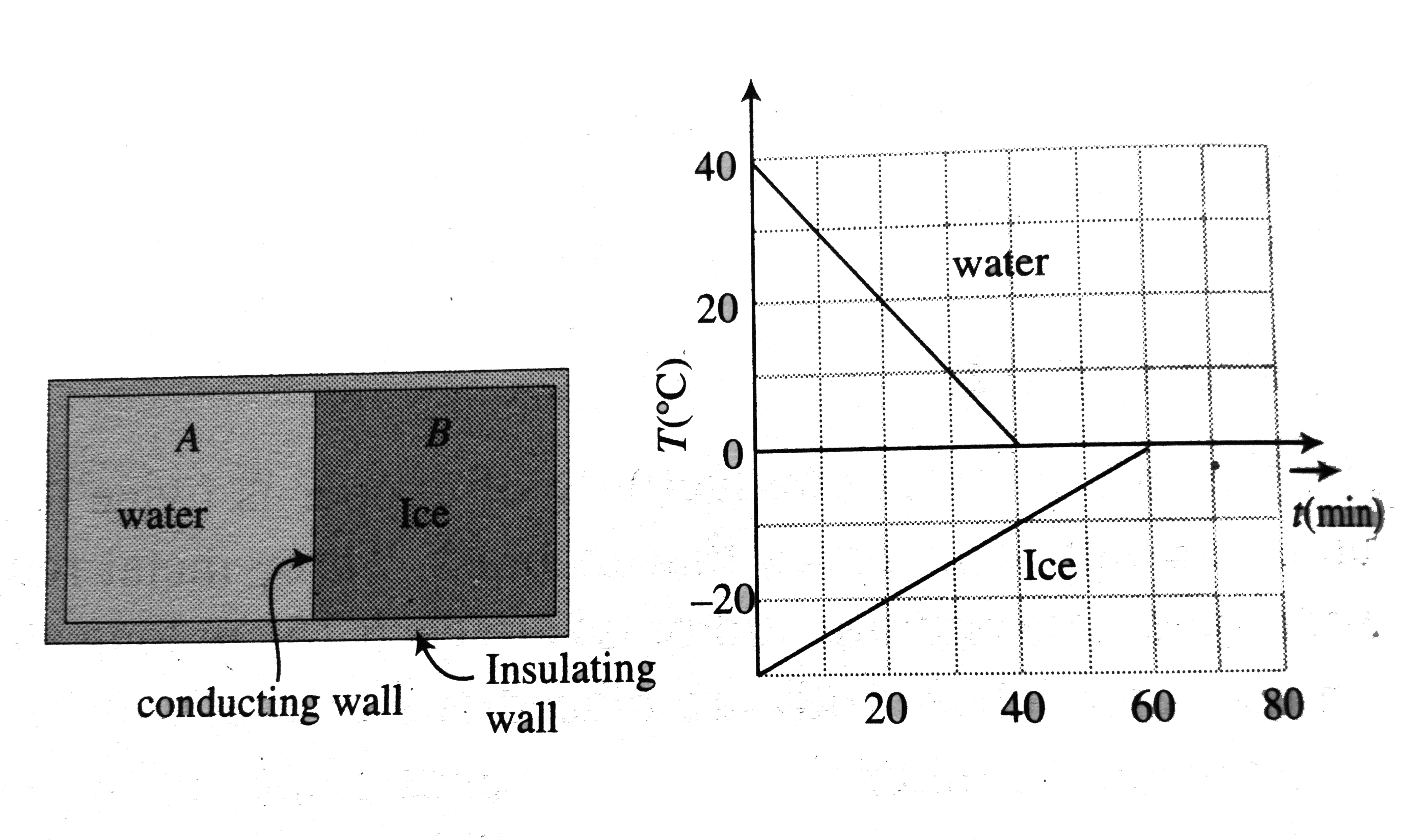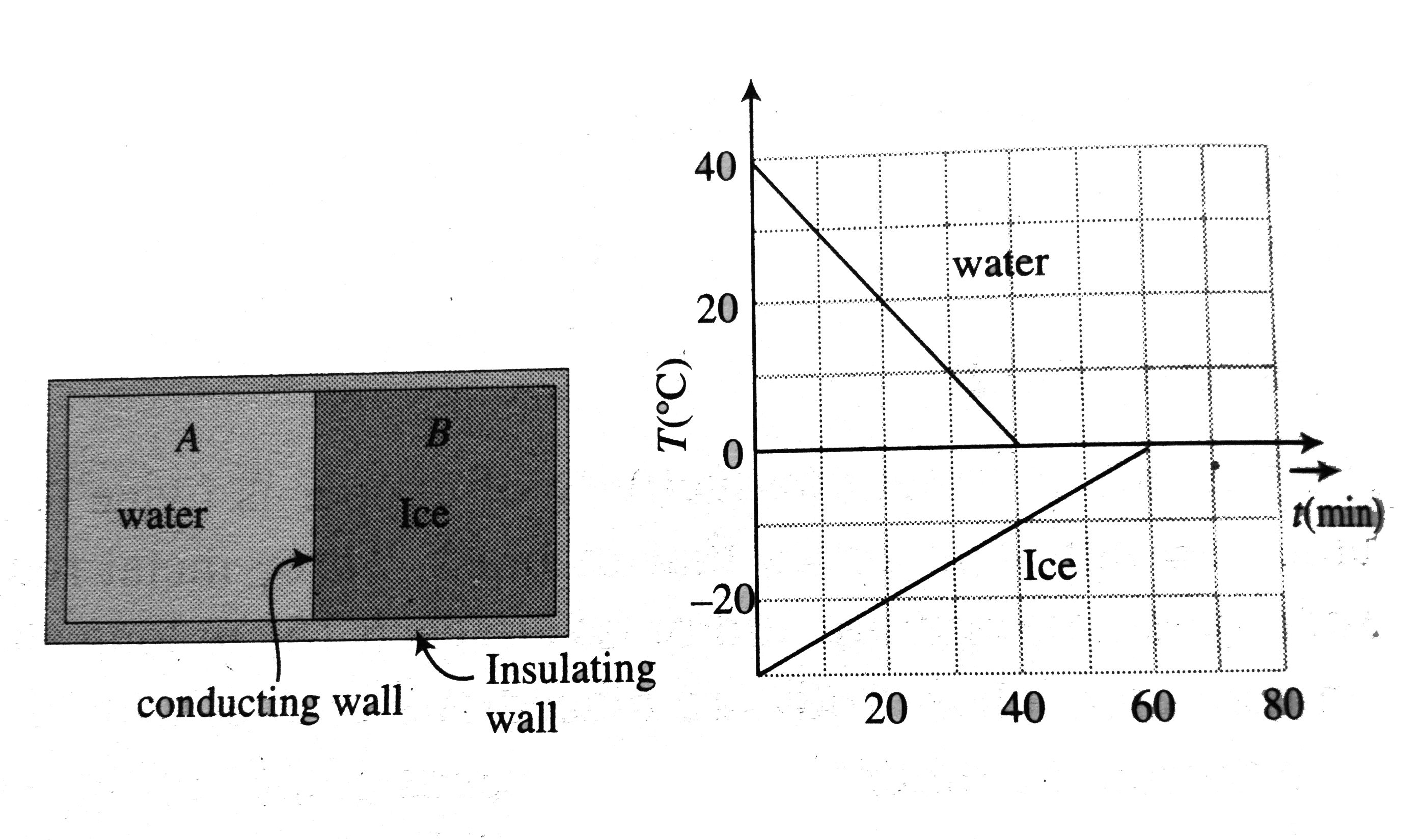A small amount of silica gel and anhydrous calcium chloride are placed separately in two corners of a vessel containing water vapour. What phenomena will occur?
To answer the question regarding the phenomena that occur when silica gel and anhydrous calcium chloride are placed in a vessel containing water vapor, we can break down the explanation into clear, step-by-step points.
1. Understanding the Components:
- Silica gel and anhydrous calcium chloride are both substances that can interact with water vapor. Silica gel is a form of silicon dioxide (SiO2) that has a porous structure, while anhydrous calcium chloride (CaCl2) is a salt that can absorb moisture.
2. Identifying the Environment:
- The vessel contains water vapor, which is the gaseous form of water. This vapor is present in the air within the vessel and can interact with other substances.
3. Adsorption Process:
- When water vapor comes into contact with silica gel and anhydrous calcium chloride, it undergoes a process called adsorption. Adsorption is the accumulation of molecules from a gas, liquid, or dissolved solid on the surface of a solid or liquid.
4. Role of Silica Gel:
- Silica gel acts as an adsorbent. The water vapor molecules adhere to the surface of the silica gel due to intermolecular forces. This process effectively removes water vapor from the air in the vessel.
5. Role of Anhydrous Calcium Chloride:
- Similarly, anhydrous calcium chloride also acts as an adsorbent. It has a strong affinity for water and will absorb water vapor from the environment, leading to the formation of hydrated calcium chloride.
6. Conclusion:
- Both silica gel and anhydrous calcium chloride will adsorb water vapor from the vessel. The overall phenomenon occurring in the vessel is adsorption, where water vapor molecules accumulate on the surfaces of both substances.
Summary:
In summary, when silica gel and anhydrous calcium chloride are placed in a vessel containing water vapor, both substances will adsorb the water vapor, leading to a decrease in the amount of water vapor present in the vessel. The phenomenon that occurs is called adsorption.
- Silica gel and anhydrous calcium chloride are both substances that can interact with water vapor. Silica gel is a form of silicon dioxide (SiO2) that has a porous structure, while anhydrous calcium chloride (CaCl2) is a salt that can absorb moisture.
- The vessel contains water vapor, which is the gaseous form of water. This vapor is present in the air within the vessel and can interact with other substances.
- When water vapor comes into contact with silica gel and anhydrous calcium chloride, it undergoes a process called adsorption. Adsorption is the accumulation of molecules from a gas, liquid, or dissolved solid on the surface of a solid or liquid.
- Silica gel acts as an adsorbent. The water vapor molecules adhere to the surface of the silica gel due to intermolecular forces. This process effectively removes water vapor from the air in the vessel.
- Similarly, anhydrous calcium chloride also acts as an adsorbent. It has a strong affinity for water and will absorb water vapor from the environment, leading to the formation of hydrated calcium chloride.
- Both silica gel and anhydrous calcium chloride will adsorb water vapor from the vessel. The overall phenomenon occurring in the vessel is adsorption, where water vapor molecules accumulate on the surfaces of both substances.
In summary, when silica gel and anhydrous calcium chloride are placed in a vessel containing water vapor, both substances will adsorb the water vapor, leading to a decrease in the amount of water vapor present in the vessel. The phenomenon that occurs is called adsorption.
Topper's Solved these Questions
- SURFACE CHEMISTRY BOOK - AAKASH INSTITUTE ENGLISHCHAPTER - SURFACE CHEMISTRY EXERCISE - TRY YOURSELF
42 Videos
- SURFACE CHEMISTRY BOOK - AAKASH INSTITUTE ENGLISHCHAPTER - SURFACE CHEMISTRY EXERCISE - ASSIGNMENT SECTION - A
51 Videos
- STRUCTURE OF ATOM BOOK - AAKASH INSTITUTE ENGLISHCHAPTER - STRUCTURE OF ATOM EXERCISE - ASSIGNMENT ( SECTION -J) Aakash Challengers Questions
12 Videos
- TEST 1BOOK - AAKASH INSTITUTE ENGLISHCHAPTER - TEST 1EXERCISE - EXAMPLE
134 Videos
Similar Questions
Two test tubes containing a nitrate and a bromide are treated separately with H2SO4; brown fumes evolved are passed in water . The water will be coloured by vapours evolved from the test tube containing:
View SolutionA child wanted to separate the mixture of dyes constituting a sample of ink. He marked a line by the ink on the filter paper and placed the filter paper in a glass containing water as shown in figure. The filter paper was removed when the water moved near the top of the filter paper.
(a) What would you expect to see, if the ink contains three different coloured components?
(b) Name the technique used by the child.
(c) Suggest one more application of this technique.

View Solution
A 0.60 kg sample of water and a sample of ice are placed in two compartmetnts A and B separated by a conducting wall, in a thermally insulated container. The rate of heat transfer from the water to the ice through the conducting wall is constant P, until thermal equilibrium is reached. The temperature T of the liquid water and the ice are given in graph as functions of time t. Temperature of the compartments remain homogeneous during whole heat transfer process. Given specific heat of ice =2100J/kg−K, specific heat of water =4200J/kg−K, and latent heat of fusion of ice =3.3×105J/kg.
Initial mass of the ice in the container equal to
View Solution
A 0.60 kg sample of water and a sample of ice are placed in two compartmetnts A and B separated by a conducting wall, in a thermally insulated container. The rate of heat transfer from the water to the ice through the conducting wall is constant P, until thermal equilibrium is reached. The temperature T of the liquid water and the ice are given in graph as functions of time t. Temperature of the compartments remain homogeneous during whole heat transfer process. Given specific heat of ice =2100J/kg−K, specific heat of water =4200J/kg−K, and latent heat of fusion of ice =3.3×105J/kg.
Initial mass of the ice in the container equal to
View Solution
A 0.60 kg sample of water and a sample of ice are placed in two compartmetnts A and B separated by a conducting wall, in a thermally insulated container. The rate of heat transfer from the water to the ice through the conducting wall is constant P, until thermal equilibrium is reached. The temperature T of the liquid water and the ice are given in graph as functions of time t. Temperature of the compartments remain homogeneous during whole heat transfer process. Given specific heat of ice =2100J/kg−K, specific heat of water =4200J/kg−K, and latent heat of fusion of ice =3.3×105J/kg.
The value of rate P is?
View Solution
A 0.60 kg sample of water and a sample of ice are placed in two compartmetnts A and B separated by a conducting wall, in a thermally insulated container. The rate of heat transfer from the water to the ice through the conducting wall is constant P, until thermal equilibrium is reached. The temperature T of the liquid water and the ice are given in graph as functions of time t. Temperature of the compartments remain homogeneous during whole heat transfer process. Given specific heat of ice =2100J/kg−K, specific heat of water =4200J/kg−K, and latent heat of fusion of ice =3.3×105J/kg.
View Solution
A 0.60 kg sample of water and a sample of ice are placed in two compartmetnts A and B separated by a conducting wall, in a thermally insulated container. The rate of heat transfer from the water to the ice through the conducting wall is constant P, until thermal equilibrium is reached. The temperature T of the liquid water and the ice are given in graph as functions of time t. Temperature of the compartments remain homogeneous during whole heat transfer process. Given specific heat of ice =2100J/kg−K, specific heat of water =4200J/kg−K, and latent heat of fusion of ice =3.3×105J/kg.
The mass of the ice formed due to conversion from the water till thermal equilibrium is reached is equal to
View Solution
A 0.60 kg sample of water and a sample of ice are placed in two compartmetnts A and B separated by a conducting wall, in a thermally insulated container. The rate of heat transfer from the water to the ice through the conducting wall is constant P, until thermal equilibrium is reached. The temperature T of the liquid water and the ice are given in graph as functions of time t. Temperature of the compartments remain homogeneous during whole heat transfer process. Given specific heat of ice =2100J/kg−K, specific heat of water =4200J/kg−K, and latent heat of fusion of ice =3.3×105J/kg.
The mass of the ice formed due to conversion from the water till thermal equilibrium is reached is equal to
View SolutionThree beakers labelled as A, B and C each containing 25 mL of water were taken. A small amount of NaOH, anhydrous CuSO4 and NaCl were added to the beakers A, B and C respectively. It was observed that there was an increase in the temperature of the solutions contained in beakers A and B, whereas in case of beaker C, the temperature of the solution falls. Which one of the followig statement (s) is (are) correct?
1. In beakers A and B, exothermic process has occurred.
2. In beakers A and B, endothermic process has occurred.
3. In beaker C, exothermic process has occurred.
4. In beaker C, endothermic process has occurred.
View SolutionA piece of silica gel is placed in the water vapours. Will the gel adsorb or absorb water vapours?
View Solution
